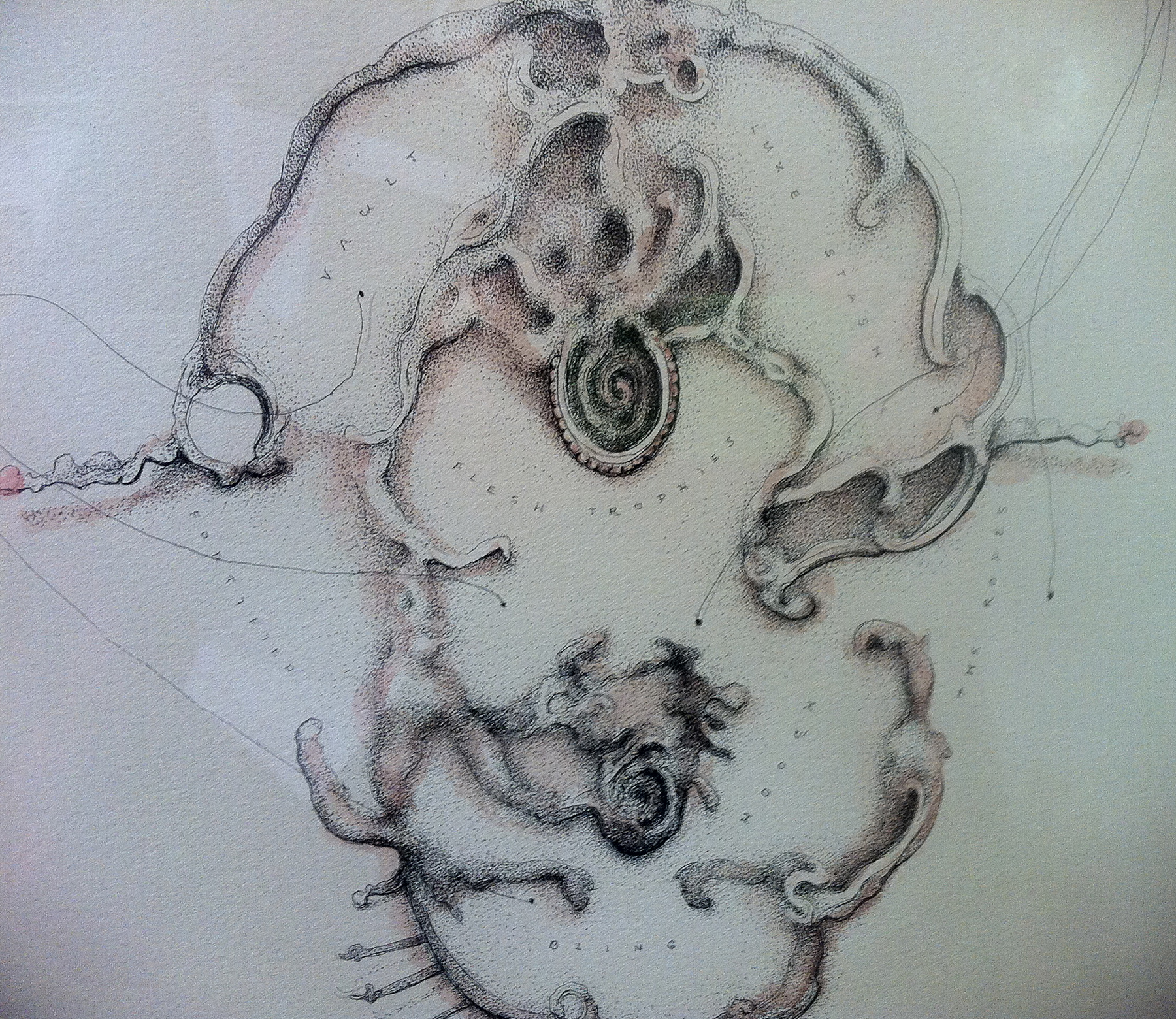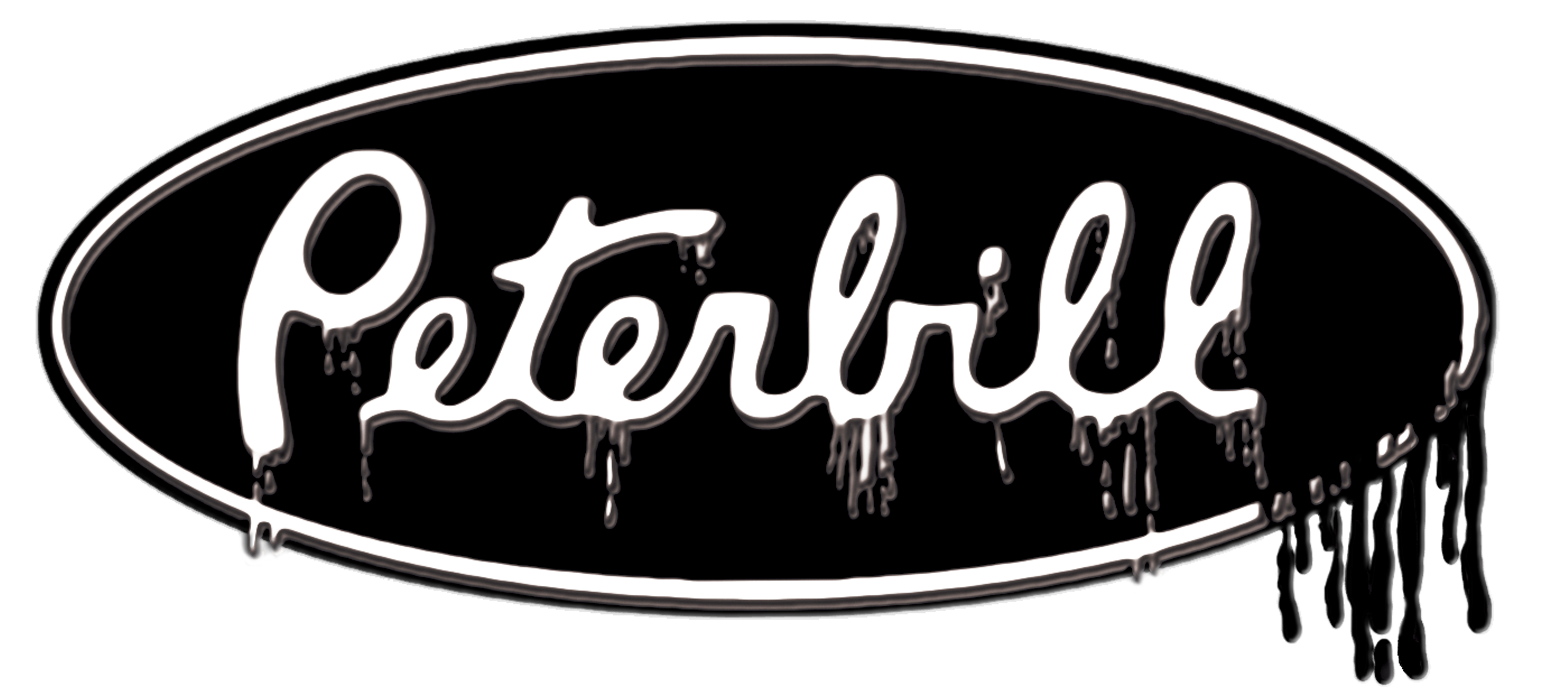This is the sixth post I’ve written about our iDEA trip to New York in March. I’m writing again about the Fountain Art Fair, where I saw the work of many wonderful emerging artists. Let me define “emerging artist” one more time (according to the curator at a similar art fair we went to): an artist that is not a household name. Frankly, many of these artists should be household names, and I don’t know why they aren’t. Really, some of the work is so fantastic that it makes me question the fame of any artist I had heard of before I became a serious art student, any of the classic examples of excellence that we take for granted as geniuses of their time. Maybe, they just had good luck, were connected to the wealthy or powerful, or had great promotion. Maybe they were just so damn persistent they eventually became noticed whether their art was really any good or not. Maybe they made a sex tape that accidentally became public (or the old world equivalent: had a raucous public affair with the spouse of an elite patron or colleague). Fame and success in the art world does not seem like a meritocracy. As, I suppose, may be the case in many professions.
On to today’s artist, Patricia Smith. I do not know much about her background. I looked on her website, scoured the internet, and found references to her work based on the exhibitions she lists on her resume. I know that she has an MFA from Rutgers in 1984. She exhibits quite a bit in the US and in Europe. But more than that, I could not find. She is an enigma.
The tenor of her work leads me to adopt mysterious airs. Her ink and watercolor paintings are delicate and alluring at first glance. Which is why, out of the many (around 100?) exhibits at the fair, I walked up and looked deeper into her work. They resemble antique maps, with fine lines and warm tones. Her shapes that are land masses look like somewhere I’ve been, but just can’t quite place. And as I started to read the names of locations on her maps, I found that they were places in the human subconscious, internal emotions, or random thoughts and connections that we all try to make sense of, whether we are aware of it ore not. She is referred to as “a cartographer of the psyche” in abstracts of her exhibits.

Peter has encouraged me to use photographs I took at the art fairs, so the above painting is what I have of Smith’s work. I did not snap a photo of the title of the piece. I felt nervous about photographing artists’ work in that setting, even if I knew it was for educational purposes, so sometimes I just got a quick shot in and them tried to nonchalantly move on. I tried to find this particular piece on her website, no luck, but other similar works have titles like “Garland of Questions and Answers,” “Forced Opulence Tank,” and “Twin Rationalization Chambers.”
On the painting I do have a photo of, the locations on the map are “Flesh Trophies,” “Hooch,” and “The Ropes,” among others. There is a sly, intelligent humor at work in her paintings, and her pitch is perfect – sometimes intellectual, sometimes crude, always peculiarly insightful. On her website, she explains: “Spaces are a symbolic language. Language has its own dimension of space in the mind. We are instinctively compelled to create and experience spaces, and to ‘own’ space. We have an innate desire to possess meaning through symbols. Most of all, we love the moment when we suddenly ‘get’ the joke.”
When I read that, I instantly thought, “this woman knows me!” As if she had been there, looking over my shoulder when, in fact, I got the joke. So few artists make you admire their work and inwardly smile at the chaos of life, feeling like you just were let in private club of the uniquely clever. To me, that is an artist to cherish.
So thank you, Patricia Smith, for creating such a lovely space in my mind through your paintings. Some day, I hope I can find out more about you, but for now, the paintings will linger in my psyche.
http://www.patriciasmithart.com/



Peter Bill is an Artist, Activist and Educator. He has, since learning photoshop v. 1.5, been interested in connecting under-represented communities with digital tools so their voices may be broadcast. He has been involved with large scale video projections, guerrilla art actions, and community building since the 90s.
Peter Bill's award winning paint and video landscapes have shown in such diverse venues as The Kitchen(NYC), the Henry Art Gallery(Seattle), FILE Festival(São Paulo, Brazil), and other international venues. He continues in his Oil paintings and video work to weave the painterly with the digital, pixels and paint, indigo and 191970 blue. He envisioned and realized the first time-lapse film festival in North America, the Gila Timelapse Film Festival and has curated and directed shows on three continents. "Art must be realized on the streets, as an agent of change and progress."
***************
Much of my art has been about creating a vessel, a space for meditation. Through my painting and video installations I hope to create a moment of quietude, a contemplation of this world we have built.
In my mural and documentary film work I have balanced a certain transcendentalism in my heart with my didactic scots-yankee bones. In the public sphere arts role is to inspire and provoke. Therefore in my mural projects I have attempted to involve the local community in the conception and realization of my projects. In my animations and short films I have attempted critiques of the bathetic apocalyptic culture we live in, the false utopia of the California landscape, the contested landscape of New Mexico, and tried to get to the situation on the ground in war torn Bosnia, among other subjects. The world is a complicated, granular place. We cannot oversimplify with our stories, but we can in their telling change opinions, and thus change the world for the better.




